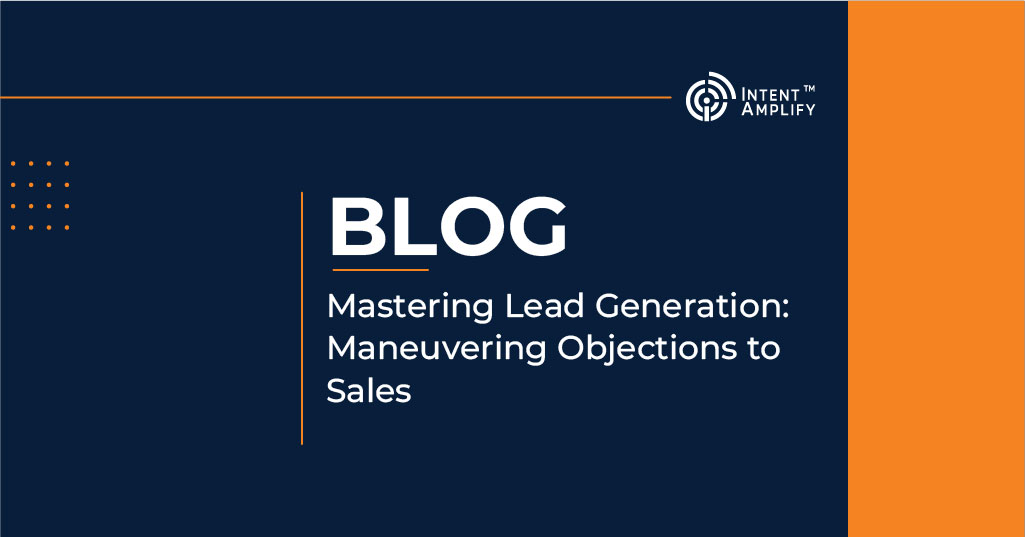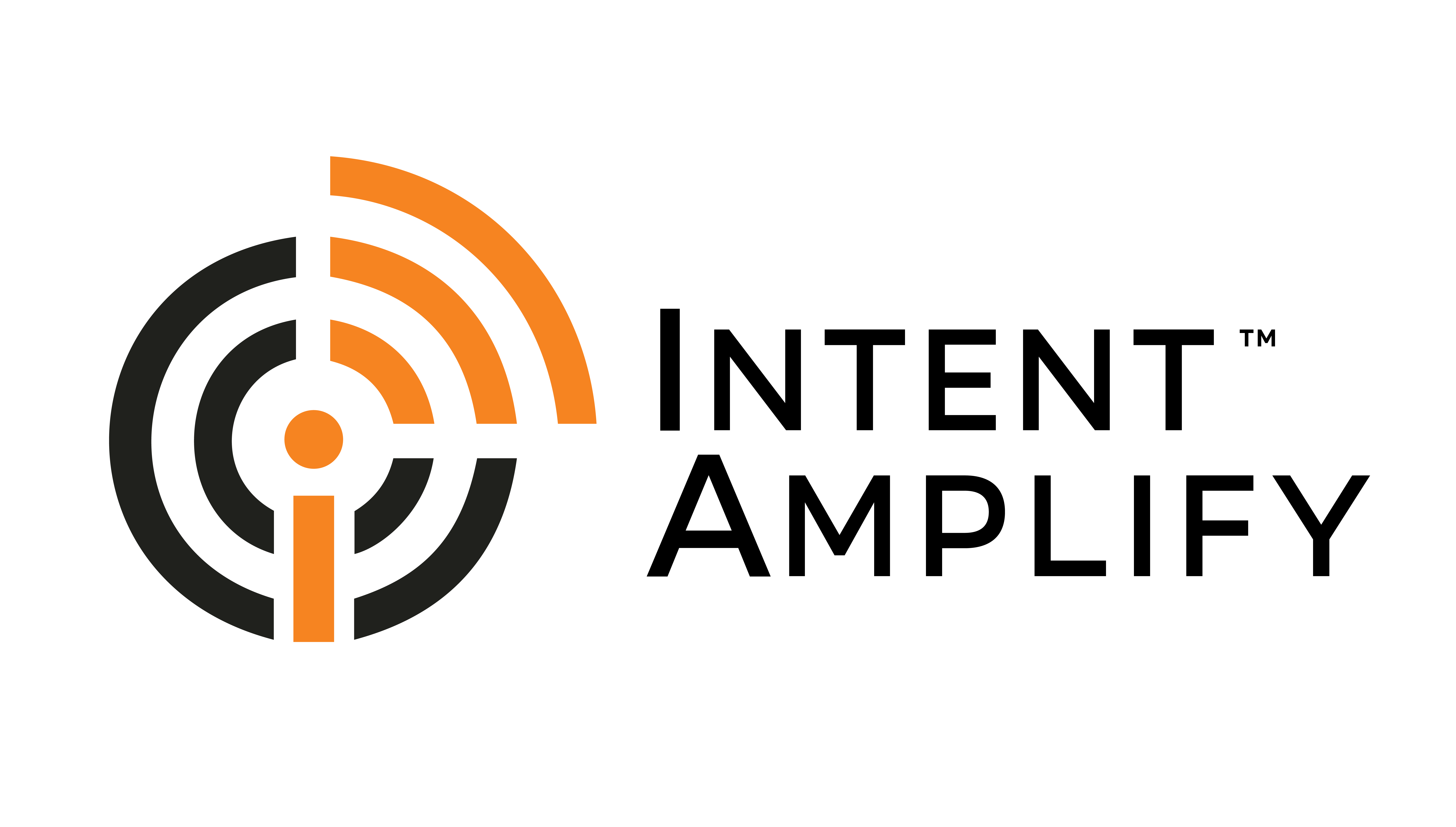
Mastering Lead Generation: Maneuvering Objections to Sales
From a process P.O.V., It’s understandable that in a sales call, It seems like the right move to counter any or all objections In Mastering Lead Generation placed by the prospect -– that’s supposedly the only way to crack a client is what many salespeople swear by. But to think of it, sales is rather a psychological process that requires understanding the pain point of the prospect and then providing an apt solution that solves the problem. Doesn’t it make sales a lot more humane?
Now, whenever you have been at the other end of a sales call, you have been in a situation where you don’t know why exactly you do not want something — maybe you have more than one reason, they could belong to any of the 3 categories:
- Conditions,
- Stalls, and
- True objections.
Let’s look at them in their order.
Conditions
A Condition in sales refers to a valid and legitimate reason preventing a prospective buyer from moving forward with a purchase. This reality condition may stem from financial constraints, a lack of need, or other factors. At times, customers may lack the authority to make a decision due to company policies or higher-level approvals.
In such situations, attempting to close a deal may be futile. One of the keys to handling objections in Lead Generation lies in promptly identifying these true conditions and adopting a pragmatic approach. Maintaining objectivity is crucial, as emotional involvement can cloud judgement. By becoming adept at qualifying prospects, sales professionals can avoid wasting energy on insurmountable conditions.
Effectively handling conditions involves asking probing questions early in the sales process to unveil any obstacles. This proactive approach allows for the scheduling of appointments when conditions are likely to be met. For instance, if approval from a higher authority is required, it’s better to address this upfront rather than attempting to force a sale prematurely.
The significance of handling conditions promptly cannot be overstated. Discovering crucial information, such as the need for approval from a decision-maker, early in the process is advantageous. This approach prevents the investment of time and effort in handling objections In Lead Generation that may not exist or attempting to sell to individuals who lack the authority to make purchasing decisions.
In essence, the real secret to successfully managing conditions is early detection and proactive qualification. This ensures that sales efforts are focused on viable opportunities, enhancing the chances of securing signed contracts and building positive customer relationships.
Stalls
Identifying and effectively addressing stalls or obstructions is a pivotal skill in the sales arena. You know you have encountered a stall when the prospect says words like, “We want to think it over” or “I’m occupied with other stuff right now to make a decision.” Recognizing these stalls is fundamental to devising successful strategies as a salesperson.
This occurs when a prospect either cannot decide on the presented questions or is unwilling to suggest someone else who can. Factors such as low self-esteem or organizational challenges may underlie this objection. Convincing someone with a history of indecision to adopt a proactive approach is a formidable task. When a prospect seeks a sign of credibility, listening attentively becomes crucial. Providing the necessary information to instill confidence addresses this objection effectively. In essence, mastering the art of handling stalls involves recognizing these tactics, acknowledging customer concerns, and swiftly handling objections In Lead Generation. By employing these strategies, sales professionals enhance their ability to navigate stalls successfully, fostering meaningful conversations and building trust with their prospects.
Dealing with stalls is more of an art than a science. The key lies in artfully guiding customers to understand that their hesitation is acknowledged and respected. A crucial step is to initiate a conversation, asking probing questions that unveil the true reasons behind their hesitation. For instance, acknowledging the significance of a commitment or inquiring about concerns regarding terms can open the door to understanding the underlying objection.
Responding promptly is paramount, as the goal is to elicit the real objection rather than letting it linger. By addressing the concern immediately, the salesperson rekindles the conversation and encourages a more positive response from the prospect.
Listening beyond the prospect’s explicit words is vital. Often, customers may be masking their true concerns out of fear or a desire to avoid confrontation. Uncovering the genuine reasons behind their hesitation requires careful probing and a willingness to address potential trust issues head-on.
True Objections
The 4 categories of excuses that you’ll ever hear — nearly all sales objections in Mastering Lead Generation are related to any of the following categories: need, urgency, trust, and money — as a salesperson, you’ll notice. Excuses such as:
- We don’t need something like this at our company right now.
- Fixing this problem isn’t our top priority right now.
- I’m not the decision maker, I’ll have to speak to my boss about this
- That’s beyond my budget
All fall under any of the above 4 categories. So what do you do now? How do you efficiently tackle these seemingly terminal excuses? Let’s find out
Handling objections in Mastering Lead Generation 7 easy steps:
1. Do your homework:
Start by preparing for your sales call. Conduct thorough prospecting research and have an objection list or a template with sales objections in lead generation and responses at your fingertips for reference.
2. Listen with an empathetic ear:
Active listening remains the golden rule in sales, especially when dealing with objections. Focus on your prospect’s concerns, allowing them to express themselves without interruption. Demonstrate through body language and facial expressions that you take their concerns seriously and respond empathetically.
3. Carefully understand the problem:
If objections seem unclear, seek clarification. Use open-ended questions to delve into their pain points. Repeat what the prospect has shared to ensure alignment and encourage them to share more. Often, the initial objection might mask an underlying issue that requires exploration.
4. Acknowledge that there is a problem:
Having understood your customer’s objections in lead generation, validate them. Avoid rejecting or minimizing their concerns. Instead, express the significance of their objections and how seriously you take them.
5. Suggest a course of action:
Prioritize objections, addressing the most crucial ones first before moving on to smaller issues. Swiftly attend to objections, and if there’s one you can’t immediately address, communicate that you’ll consult with higher-ups and provide a prompt follow-up.
6. Stay in touch:
After acknowledging and offering solutions to objections, propose a follow-up meeting or call. Ensure you have documented their objections and your responses for confirmation during future discussions.
7. Get a confirmation receipt from your client:
Finally, ask the buyer if they are satisfied with the solution provided. Confirm that all their concerns have been addressed before proceeding. It’s crucial not to move forward until the buyer is content with the resolution.
By following these seven steps, you can navigate sales objections in lead generation systematically, building trust and paving the way for successful interactions with your prospects.




